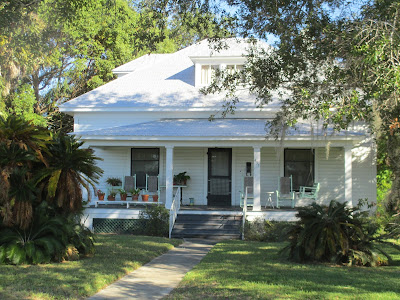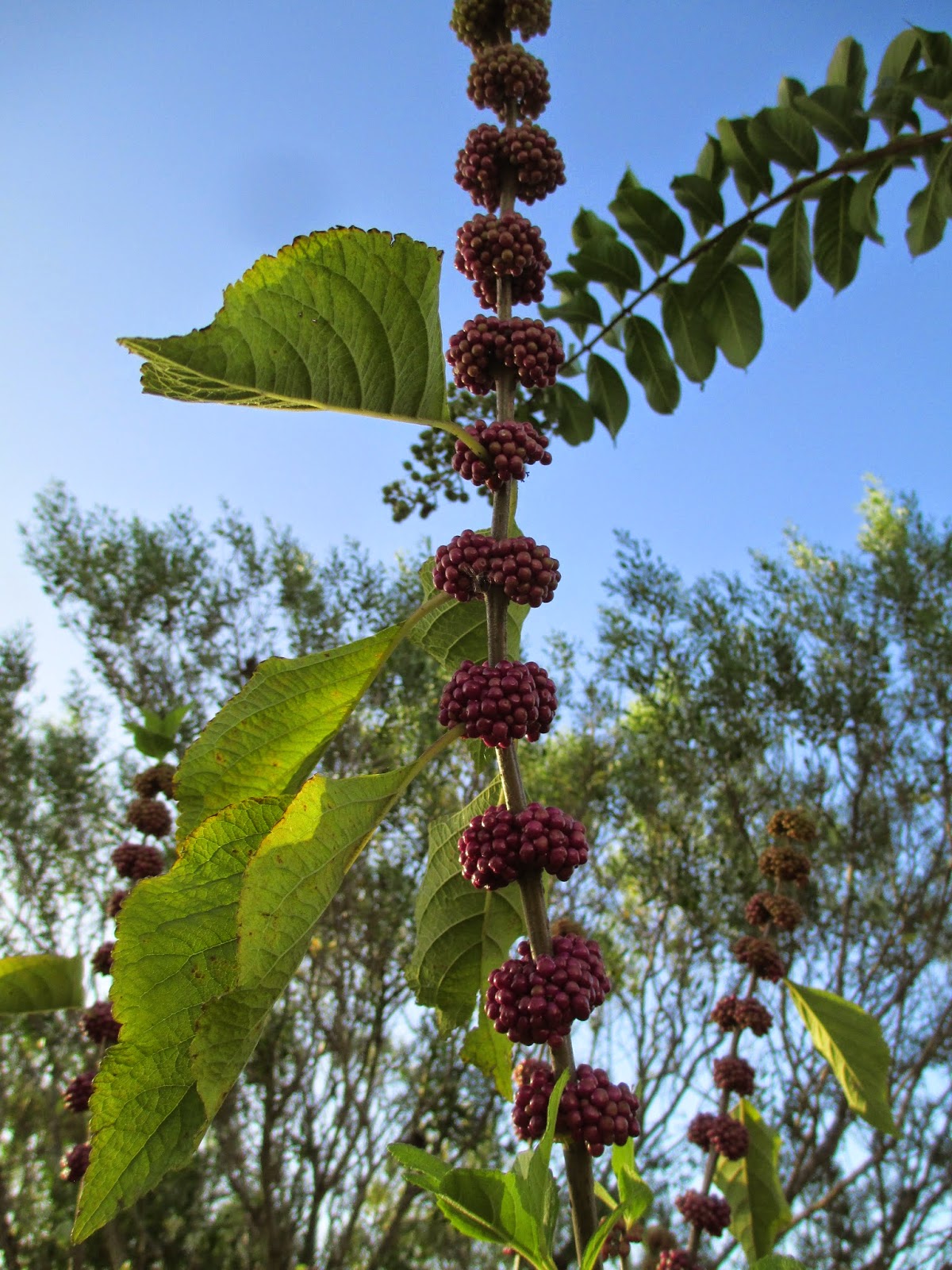I've mentioned before how much appreciation I have
for those who have blogged before me.
I've always been a writer,
but until I started reading Cold Antler Farm,
I had never seriously considered starting my own blog
and delving further into this homesteading lifestyle
that I hold so dear.
that I hold so dear.
Jenna Woginrich, a New York farmer, author,
and the owner of Cold Antler,
and the owner of Cold Antler,
was a big part of me taking the plunge.
Her blog and books swayed me in the direction
of creating a more fulfilling life.
Scratch cooking has always been important to me,
and I think of her whenever I take the time to enjoy homemade bread.
Her blog and books swayed me in the direction
of creating a more fulfilling life.
Scratch cooking has always been important to me,
and I think of her whenever I take the time to enjoy homemade bread.
One of the things I love so much about her,
is that she not only followed her dream
(without a safety net), but she is profoundly
determined to help others seek out their destinies.
Her acreage is home to her and her critters,
but also acts as a jumping off point for so many folks
who are exploring the homesteading way of life.
I admire not only her tenacity,
but her willingness to educate and share her knowledge
with those beginning their journeys.
She hosts a variety of workshops right on her farm
to teach others what she's learned.
She hosts a variety of workshops right on her farm
to teach others what she's learned.
This spirit of generosity leads me to
pass along a humble request.
Jenna (along with a couple of dozen other farms),
to keep her farm going.
There are two different ways to win,
one being decided by Readers' Choice votes.
Being a single woman,
and a full-time farmer, she can use the help.
Knowing that she will use the funds to continue doing her vital work to encourage others,
makes me want to go back and vote for her farm day after day.
I hope you'll spread the word about the contest
and if you feel so inclined, even cast a vote.
Here are the official rules.
Thanks so much Jenna, for the inspiration.



































































